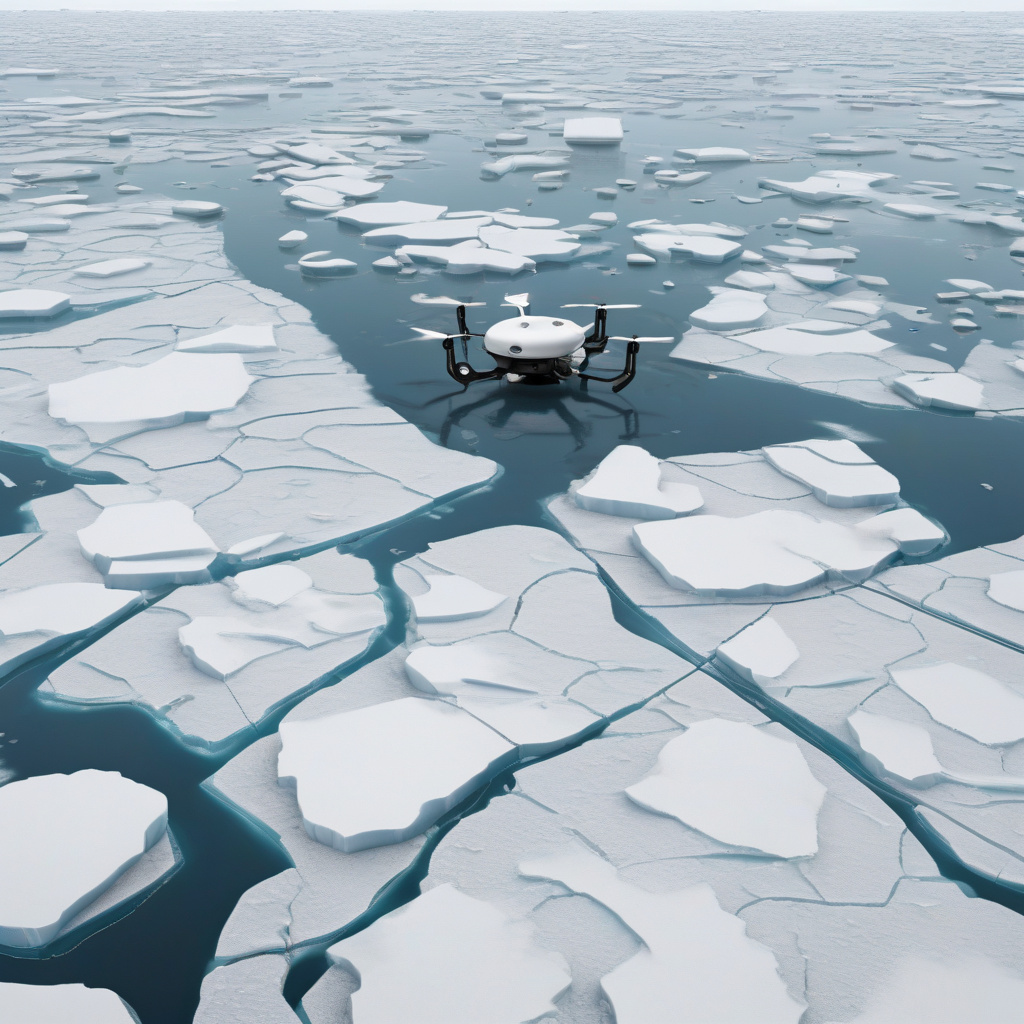Enhancing Arctic Research with Autonomous Ice Monitoring Systems
The Arctic region is a crucial area of study for scientists and researchers worldwide due to its rapid environmental changes, particularly the alarming rate of ice melting. To gain a deeper understanding of how this phenomenon impacts marine ecosystems, innovative technologies are being leveraged. One such cutting-edge solution making waves in the scientific community is the development of autonomous monitoring systems specifically designed to track Arctic ice melting.
In a recent article published on Innovation News Network, the implementation of a new autonomous system for monitoring Arctic ice melting was highlighted. This groundbreaking technology is revolutionizing the way researchers collect data in the harsh and remote Arctic environment. By utilizing autonomous observation, scientists can now gather real-time information on ice melting patterns, sea ice thickness, and other critical variables without the need for constant human intervention.
The benefits of autonomous monitoring systems in the Arctic are manifold. Firstly, these advanced technologies enable researchers to access data from areas that are difficult to reach or dangerous for humans to navigate. This expanded reach allows for a more comprehensive understanding of the processes driving ice melting and its cascading effects on marine ecosystems.
Moreover, autonomous systems provide a continuous stream of data, offering insights into long-term trends and changes that would be challenging to capture through traditional methods. This real-time monitoring capability is essential for tracking the dynamic nature of Arctic ice melting and its implications for global climate patterns.
By harnessing the power of autonomous observation, researchers can also optimize their resources and efforts. These systems are cost-effective and require minimal maintenance, making them a sustainable solution for long-term monitoring projects in the Arctic. This efficiency allows scientists to focus on data analysis and interpretation, leading to more informed decision-making and policy recommendations.
Furthermore, the data collected through autonomous monitoring systems can be shared with international partners and stakeholders, fostering collaboration and knowledge exchange on a global scale. This collaborative approach is crucial for addressing the complex challenges posed by Arctic ice melting and developing effective strategies for mitigating its impacts on the environment and society.
In conclusion, the development of autonomous monitoring systems represents a significant step forward in Arctic research and environmental conservation efforts. By leveraging innovative technologies to gain valuable insights into ice melting processes, researchers are better equipped to protect fragile ecosystems and contribute to the sustainable management of our planet’s resources.
As we continue to witness the profound effects of climate change on the Arctic region, autonomous systems offer a beacon of hope for a more sustainable future. Through ongoing research and technological advancements, we can work towards preserving the Arctic environment for future generations to come.
#ArcticResearch, #AutonomousMonitoring, #IceMelting, #EnvironmentalConservation, #ClimateChange












